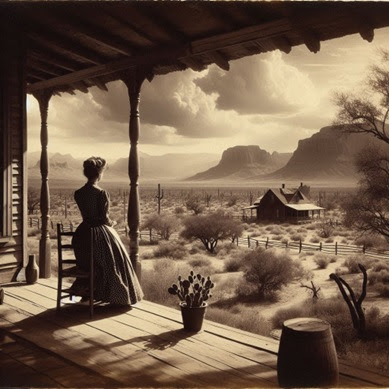Henry “Harry” Sayers was born in Ireland around 1832, in a time when many people sought new lives across the sea. He made that journey himself and found new opportunity in the American frontier.
Also known as “Dublin” or “Dublin Tricks”, Sayers carved out
his place in history not only as an early Phoenix settler but also as a United
States Army soldier. His path to citizenship came through military service, Records show he was
naturalized thanks to that service and at least one record shows him registered
to vote in Phoenix, Maricopa County, Arizona Territory, on October 14, 1876.
Sayers’ military service appears to have begun in New York in 1858, when he enlisted at the age of 23 in
Company E, 5th United States Infantry. A plumber by trade before donning the
uniform, he served through the challenging years that included the Civil War
era, though his own term concluded before its end. He was discharged at Los
Pinos, New Mexico Territory, in 1863.
After his Army years, Sayers eventually settled in Arizona, Known
to be a “sporting” character, he appeared in a local newspaper in 1873 offering
to fight any man in the Arizona Territory in a prize match under London Prize
Ring rules, with $1000 wagered on each side. By 1878, he had established a
feed, exchange, and sales stable with a bar attached to it advertising the
“best liquor and cigars”. Henry appeared
to be a colorful and savvy part of the gritty fabric of pioneer life.
Henry “Harry” Sayers died on June 28, 1879. He was 47 years old, though records vary slightly on his exact birth year. He is buried
in the Loosley section of Pioneer and Military Memorial Park. Originally, his
grave was among the earliest in the Old Phoenix Cemetery but was relocated to
Loosley when the new cemetery was established.
During the 2025 preservation event, our historian, Patty,
reported that his headstone was found in Loosley with its top portion broken
off and lying face-up on the ground. The base was discovered about a foot
underground using careful probing and was brought back to the surface to
restore the marker's presence. The headstone itself was made in Tucson, as
confirmed by the maker’s markings, adding another historic layer to this
pioneer’s enduring story in Arizona. Watch the video above to see this restoration.
-by Val W.








).png)
.JPG)



